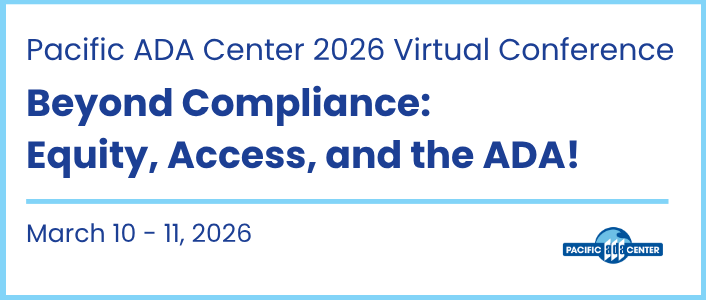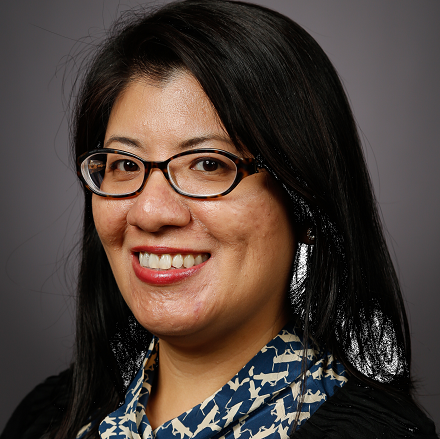
In the News
PHI’s Mei Wa Kwong Discusses Current Telehealth Policy and Insights on Future Developments
- SmartBrief
-
Focus Areas
Health Care & Population Health -
Issues
Technology & Telehealth -
Expertise
Public Policy Development -
Programs
Center for Connected Health Policy

“By now, most Americans likely have booked a telehealth visit for a routine medical issue, counseling session or follow-up with a clinician. Whether it’s conducted by phone, video or messaging, telehealth allows people to get care promptly and alleviates logistical barriers.
The technology was around before the COVID-19 pandemic, but the public health emergency caused it to skyrocket as the threat of infection compelled people to isolate. Since then, there have been policy discussions among policymakers and clinicians on how it can be used to improve outcomes and ensure health equity. The Joint Commission announced a new telehealth accreditation program for care organizations that will take effect July 1, and the topic makes regular health care headlines.
Clearly, the technology is here to stay. The National Institute for Health Care Management Foundation convened an online panel of experts earlier this month to discuss where it’s going. Here’s what they said.
Mei Kwong, Center for Connected Health Policy
Mei Kwong offered a high-level view of current telehealth policy and insights on future developments.

To understand telehealth policy in the United States, you need to realize that there’s actually two levels for it. There’s what’s going on with telehealth policy on the federal level and what’s going on on the state level.Mei Wa Kwong, JD
Executive Director at PHI’s Center for Connected Health Policy
By the end of the PHE, states had to decide their long-term telehealth policies, Kwong said. There were discussions about the types of services telehealth could be used for going forward, what would be reimbursed, whether payment for telehealth should be at the same level as in-person care, and where the patient could be located when receiving services.
Licensure to provide remote services and drug prescribing are other important telehealth issues at the state level, Kwong said. Some temporary telehealth policies were implemented to make care easier to access during the pandemic. “The question now becomes what’s going to happen [to the temporary policies], because we are seven months out from the end of the year,” Kwong noted. “As far as I can tell, the federal policymakers have not quite reached a decision on what is going to happen.”
Kwong said policymakers are asking for data on whether telehealth fraud is an issue, whether this type of care is effective or if it reduces health disparities. Studies by the HHS Office of Inspector General have shown little evidence of the widespread fraud and misuse that some predicted. Other research suggests telehealth can lead to better outcomes, such as greater medication adherence and overdose reduction in patients with opioid use disorder.”
Click on the link below to read the full interview.
Originally published by SmartBrief
More Updates
Work With Us
You change the world. We do the rest. Explore fiscal sponsorship at PHI.
Support Us
Together, we can accelerate our response to public health’s most critical issues.
Find Employment
Begin your career at the Public Health Institute.



